Disclosure: This article contains affiliate links. We may earn a commission from purchases at no extra cost to you, which helps our travel content.
As a research scientist accustomed to methodical observation, I've found few environments that reward careful attention quite like Brazil's Pantanal. This vast wetland ecosystem—the world's largest tropical wetland area—presents a fascinating laboratory for solo travelers seeking authentic wildlife encounters without the constraints of group tours. My recent two-week winter expedition through this biodiverse wilderness revealed not just extraordinary wildlife, but also important lessons about mindfulness, self-reliance, and the profound connection between solitude and scientific observation.
Preparing for Solo Immersion: The Methodical Approach
My scientific background has taught me that preparation isn't just practical—it's essential for meaningful experiences. For the Pantanal, this meant three months of targeted research: studying ecosystem patterns, consulting with Brazilian biologists, and developing a framework for mindful observation.
I identified three strategic bases: Porto Jofre for jaguar tracking, Poconé for bird diversity, and the northern Pantanal for more remote experiences. Each location required different equipment and mental preparation. My satellite communicator proved indispensable for safety while maintaining independence—particularly when I ventured into areas with no cellular coverage for days.
While many travelers focus exclusively on wildlife checklists, I developed a methodology that balanced wildlife observation with ecosystem understanding. Each morning began with 20 minutes of mindful sitting, allowing the environment to acclimate to my presence before animals revealed themselves. This practice—scientifically supported in field research—yielded remarkable encounters that hurried tourists often miss.
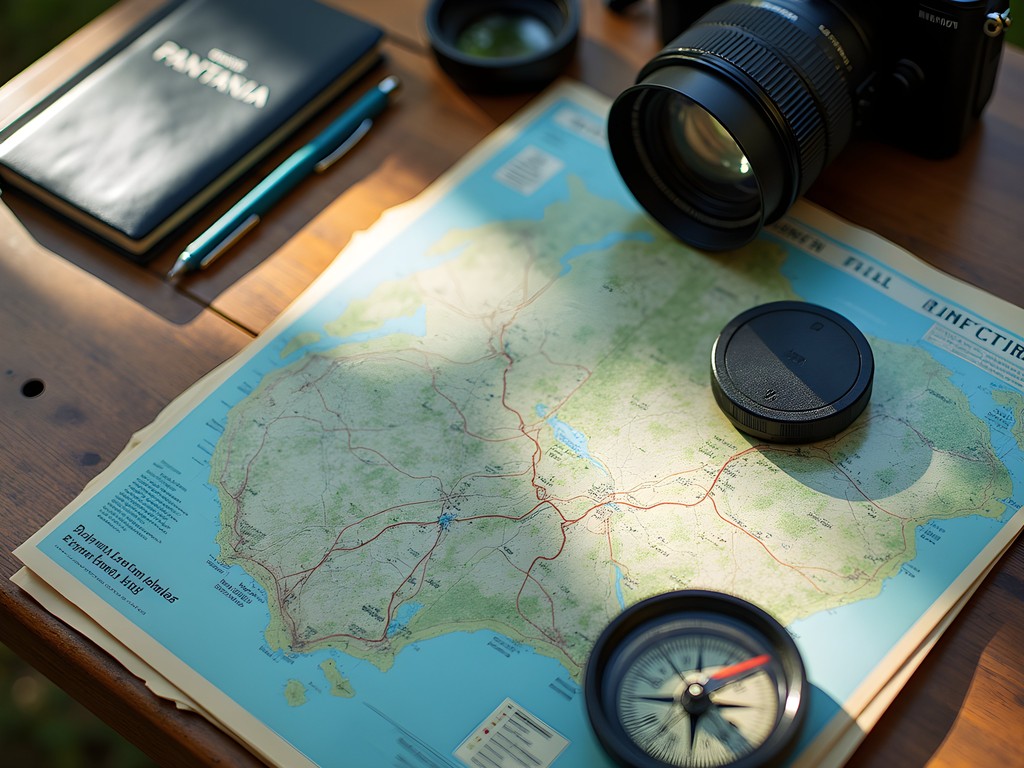
💡 Pro Tips
- Book accommodations at least 4 months in advance for the dry season (June-October)
- Arrange private transfers between regions rather than relying on infrequent public transportation
- Pack waterproof field notebooks rather than relying on electronic devices
The Solo Safari Advantage: Scientific Observation in Solitude
The conventional wisdom suggests group safaris offer safety and shared expertise. My experience challenges this assumption. Solo travel in the Pantanal—when conducted with proper preparation—offers unparalleled opportunities for genuine wildlife observation and data collection.
Without the disruption of group conversations or rushed schedules, I documented 43 distinct bird species in a single morning near Poconé—including the elusive Zigzag Heron that guides had told me was rarely spotted. The silence of solitude creates a different relationship with the environment; animals respond differently to a single, quiet observer than to groups.
For optimal wildlife viewing, I relied heavily on my thermal monocular during dawn expeditions. This technology allowed me to detect heat signatures of nocturnal animals transitioning to daytime hiding spots—revealing behaviors typically missed by conventional tours. The investment paid dividends in jaguar sightings; I observed a female with cubs at a distance that maintained their comfort while providing exceptional viewing.
My most profound encounters came during extended sits at strategic locations. Unlike the typical safari approach of constant movement, I identified promising locations through research and sometimes remained for 6-8 hours, documenting behavioral patterns that revealed themselves only through patience.
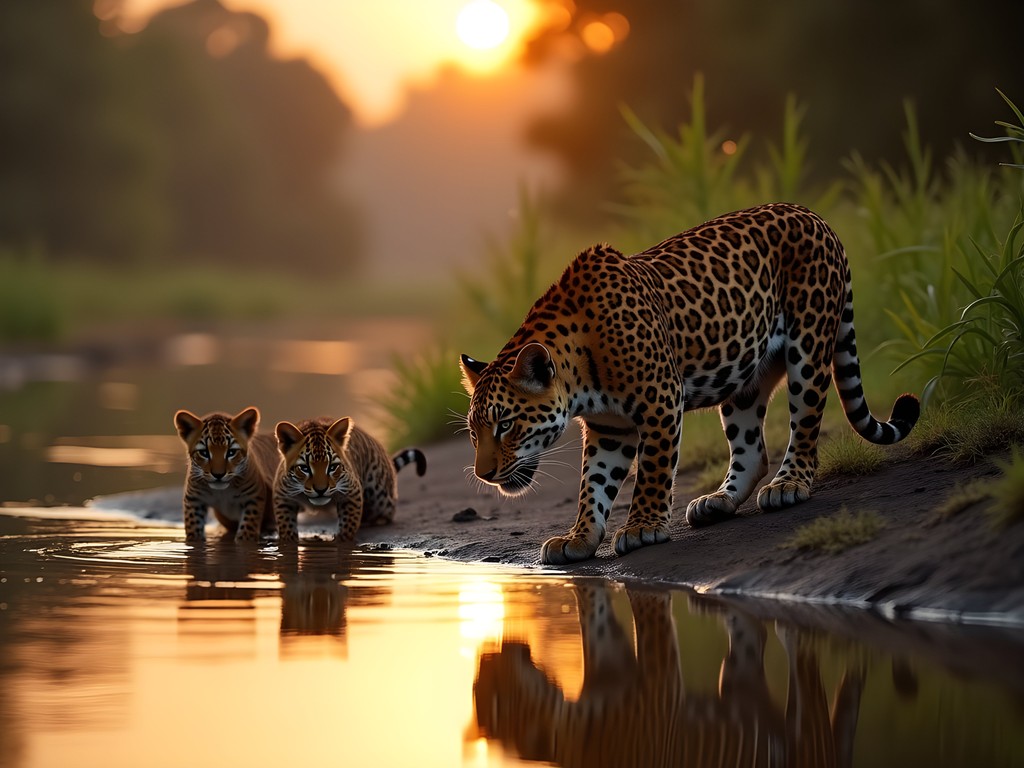
💡 Pro Tips
- Schedule your most important wildlife viewing for 5:30-8:30am when animals are most active
- Learn to identify at least 5 bird calls before arriving to help locate wildlife
- Use a sit spot technique: remain completely still in one promising location for at least 90 minutes
Navigating Logistics: The Independent Researcher's Route
The Pantanal's vastness presents logistical challenges that require strategic planning. I developed a three-hub approach that maximized wildlife diversity while minimizing transit time. Each base served as a laboratory for different research questions and experiences.
From Cuiabá, I arranged private transportation to my first base at Pouso Alegre Lodge. While this required negotiation in Portuguese (prepare key phrases in advance), it provided flexibility impossible with packaged tours. My language translator device proved invaluable for complex conversations with local guides and researchers.
Rather than booking day trips, I negotiated with local boat operators for custom schedules aligned with wildlife activity patterns. This approach costs marginally more but delivers exponentially better experiences. For example, my private boat arrangement allowed me to observe giant river otters for three consecutive mornings, documenting behavioral patterns impossible to witness during standard tours.
Accommodation selection proved critical. I prioritized locations with: 1) proximity to wildlife corridors, 2) knowledgeable staff with research connections, and 3) options for solo activities. The insect protection system was essential for comfortable evening observation sessions on lodge grounds when mosquitoes were particularly active.

💡 Pro Tips
- Negotiate multi-day rates with local guides rather than booking daily excursions
- Choose accommodations with elevated viewing platforms for independent wildlife observation
- Pack twice as many memory cards as you think you'll need - the Pantanal offers extraordinary documentation opportunities
Mindfulness in the Wild: The Scientific-Spiritual Connection
My background in both scientific research and mindfulness practice converged powerfully in the Pantanal. The wilderness demands presence—a quality increasingly rare in our connected world. I developed a daily practice combining scientific observation with mindfulness techniques that dramatically enhanced my experience.
Each morning began with a 15-minute breathing meditation before sunrise, calibrating my senses to the environment. I then conducted systematic observation sessions using my waterproof field journal to document not just species, but behaviors, interactions, and my own responses.
This approach revealed patterns invisible to casual observation. By tracking my attention alongside wildlife movements, I identified how my presence affected the ecosystem—and adjusted accordingly. The practice yielded extraordinary encounters, including a 40-minute observation of a giant anteater foraging just meters away, seemingly unaware of my presence.
The Pantanal's rhythms also provided valuable data for my ongoing research into how immersive natural experiences affect cognitive function. I conducted daily cognitive assessments using standardized measures, documenting how sustained nature exposure altered attention, problem-solving, and emotional regulation—findings that align with emerging research on nature's psychological benefits.
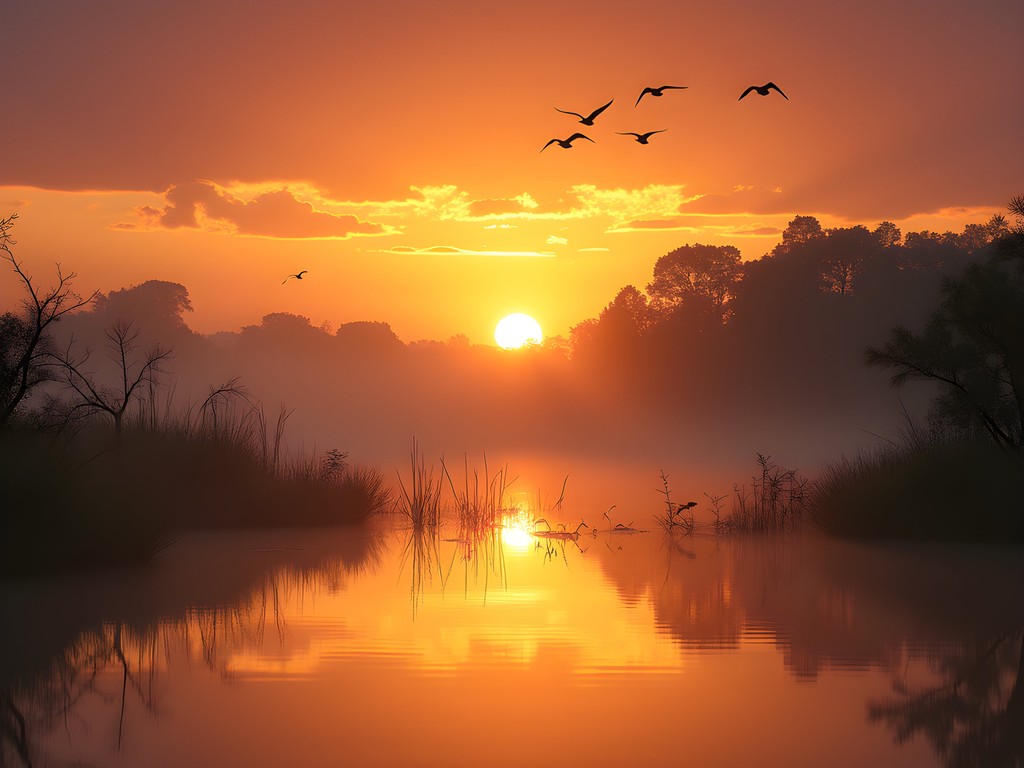
💡 Pro Tips
- Practice 10 minutes of silent observation before reaching for your camera
- Record sensory observations beyond visual (sounds, scents) for a more complete experience
- Schedule daily reflection time to process observations and emotional responses
Safety Protocols: The Solo Scientist's Approach
Solo travel in wilderness areas requires methodical risk assessment and mitigation—a natural extension of scientific fieldwork protocols. I developed a comprehensive safety framework that balanced independence with appropriate precautions.
Daily check-ins with lodge staff included sharing detailed itineraries and expected return times. My emergency water filter and first aid kit accompanied me even on short excursions—redundancy is essential when self-reliant.
I maintained a detailed risk assessment log, documenting potential hazards and mitigation strategies for each location. This analytical approach may seem excessive to casual travelers, but it provided both practical safety and psychological confidence essential for solo exploration.
The most significant safety factor was relationship-building with local experts. I invested time connecting with researchers, guides, and community members, approaching these relationships with genuine curiosity and respect. These connections provided invaluable local knowledge and created a network of support throughout my journey.
Rather than relying solely on technology, I developed analog backup systems—including paper maps with marked emergency extraction points and basic Portuguese medical phrases. This methodical preparation allowed me to venture confidently into areas few solo travelers experience.

💡 Pro Tips
- Create a daily check-in system with accommodation staff with clear action triggers if you don't return
- Learn key emergency phrases in Portuguese beyond basic travel language
- Carry printed maps with GPS coordinates of your accommodation even when using digital navigation
Final Thoughts
My solo expedition through the Pantanal reinforced what my scientific career has consistently demonstrated: the most valuable discoveries emerge from methodical observation combined with genuine presence. The wetland's intricate ecosystem rewards those willing to slow down, observe carefully, and engage mindfully—qualities that solo travel uniquely cultivates.
While this approach requires more preparation than conventional tours, the rewards are immeasurable. I documented wildlife behaviors rarely witnessed, collected meaningful data for my research, and experienced a profound connection to this remarkable ecosystem that group experiences simply cannot replicate.
As you consider your own Pantanal journey, I encourage you to embrace the methodical mindset. Prepare thoroughly, observe patiently, and allow yourself to become part of the ecosystem rather than merely passing through it. The Pantanal has much to teach those willing to listen carefully—lessons that extend far beyond wildlife checklists to fundamental insights about our relationship with the natural world and ourselves. The scientist in me documented remarkable biodiversity; the human in me found something equally valuable: perspective that only wilderness immersion can provide.
✨ Key Takeaways
- Solo travel in the Pantanal offers unique wildlife observation opportunities impossible in groups
- Methodical preparation and mindfulness practices dramatically enhance wildlife encounters
- Building relationships with local experts provides both safety and deeper understanding
📋 Practical Information
Best Time to Visit
Dry season (June-October) for optimal wildlife viewing
Budget Estimate
$150-300 per day including accommodations, private guides, and transportation
Recommended Duration
Minimum 10 days, ideally 14-18 days to experience multiple regions
Difficulty Level
Challenging
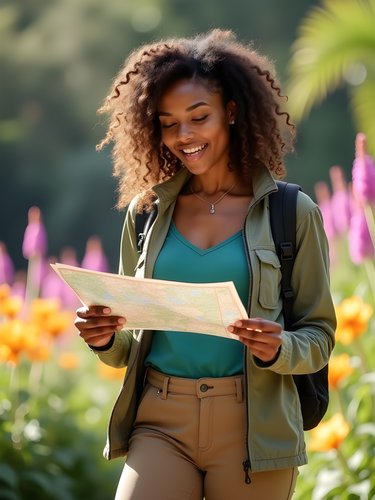
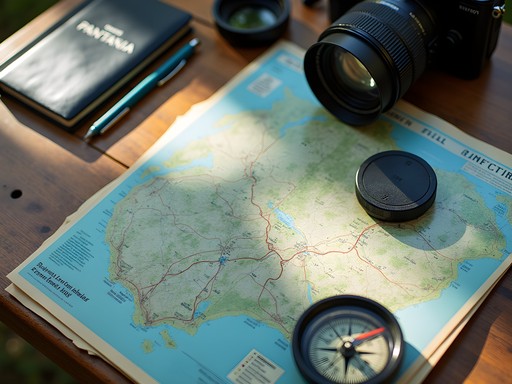
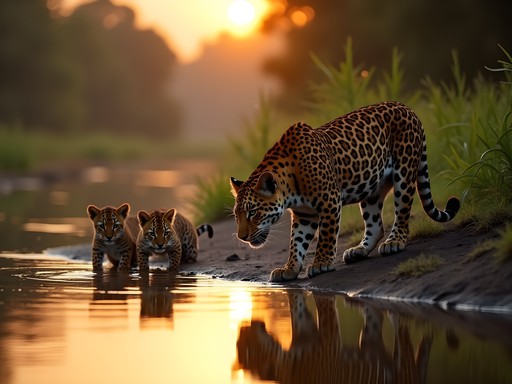
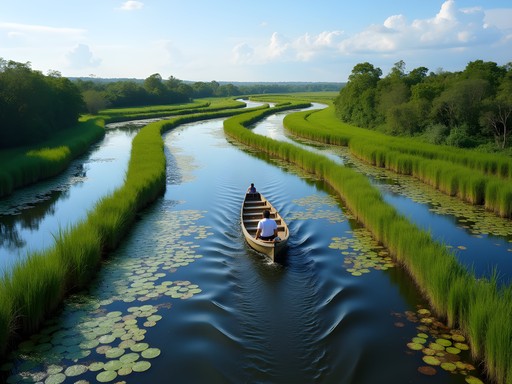
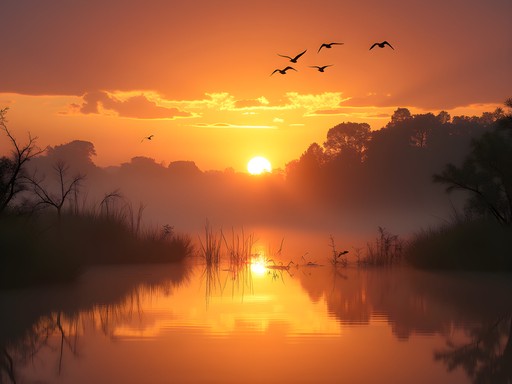











Comments
journeylover1045
Been to the Pantanal twice and still discovered new perspectives through your post! For anyone planning a trip, the mosquito situation is no joke - bring serious repellent. I found the shoulder seasons (May/October) offer a great balance between wildlife viewing and fewer tourists. Did you make it to any of the fazendas that offer homestays? That was the highlight of my second trip.
winterperson
Thanks for the mosquito tip! Adding repellent to my shopping list right now. Did you need any special vaccinations before going?
journeylover1045
Yellow fever vaccine is required and I'd recommend Hepatitis A/B and typhoid too. Check with a travel clinic a few months before your trip!
Douglas Bradley
Your methodical approach to experiencing the Pantanal aligns perfectly with what I've found in my cultural travels - sometimes the structured observer sees what the casual tourist misses. The Pantanal represents a fascinating intersection of ecological and cultural systems, with the traditional pantaneiros (local cowboys) having developed sustainable practices long before sustainability became a buzzword. Did you have any meaningful interactions with local communities during your solo journey? I've found that these exchanges often provide the most profound insights into a region's relationship with its natural environment.
nomadadventurer
I'm planning a Brazil trip next year and just added the Pantanal to my itinerary after reading this! How many days would you recommend for a first-timer? Also, did you use any special camera equipment for the wildlife shots?
Violet Perry
I'd recommend at least 5-7 days to really experience the ecosystem. As for photography, I used my telephoto lens which was essential for wildlife shots without disturbing the animals. A good pair of binoculars is also invaluable!
Stephanie Romano
Violet, this brings back so many memories! I visited the Pantanal with my family last year, though definitely not solo like you brave soul! We stayed at a family-friendly lodge that offered guided excursions, which was perfect with the kids. My 12-year-old became absolutely obsessed with the caimans and kept a detailed journal of every species we spotted. Your methodical approach reminds me of her enthusiasm! For families considering this trip, I'd recommend the northern Pantanal during dry season (July-September) when wildlife viewing is easier with children. Did you find that your scientific background helped you spot wildlife that others might miss?
Violet Perry
Stephanie, how wonderful that your daughter kept a wildlife journal! And yes, my background definitely trained me to notice subtle movements and behaviors that often signal nearby wildlife. The patience from my research work was probably the biggest advantage!
redking
Those sunrise photos are incredible!
winterperson
OMG the Pantanal has been on my bucket list forever!! Your scientific approach is so refreshing compared to the usual tourist posts. Did you see any jaguars??
summerguy
This sounds amazing but is it really safe to do the Pantanal solo? I've always thought you needed guides for wildlife areas like this.
Violet Perry
Great question! While you can explore independently in certain areas, I still hired local guides for specific excursions. The solo aspect was more about traveling at my own pace rather than with a tour group. Safety should always be the priority!
summerguy
Thanks for clarifying! That makes a lot more sense.
coffeeway
Just booked my ticket after reading this! So excited!
smartmood5911
For anyone heading to the Pantanal solo - bring twice as many memory cards as you think you'll need! I filled up 128GB in just two days there. The birdlife alone is worth thousands of shots. Also, don't forget a good hat and neck covering. The sun is intense even when it doesn't feel that hot because of the wetland humidity. Violet's methodical approach is spot on - I wish I'd been that organized on my trip!
photobackpacker
Thanks for the memory card tip! Did you find portable chargers necessary or were there reliable places to charge gear?
smartmood5911
Most lodges had electricity but it was sometimes limited to certain hours. Definitely bring a good portable charger for day trips. I used mine daily!
wildpro
Great post! How did you handle safety concerns as a solo traveler? I'm particularly worried about navigation and emergency situations in such a remote area.
Violet Perry
Valid concern! I always carried a satellite communicator for emergencies, shared my detailed itinerary with local lodges, and never ventured too far from established trails without a local guide. The Pantanal is remote but there's a network of fazendas (ranches) and eco-lodges that can serve as safety checkpoints.
Marco Flores
Adding to Violet's advice - I found that connecting with local fazenda owners was invaluable. They know the land intimately and often warned me about areas to avoid (flooded trails, aggressive wildlife, etc). Most were happy to check in with me daily, which added an extra layer of safety.
wildpro
Thanks both! That's really helpful. I'll definitely look into those local connections and a satellite device.
Venture X
Premium card with 2X miles, $300 travel credit, Priority Pass